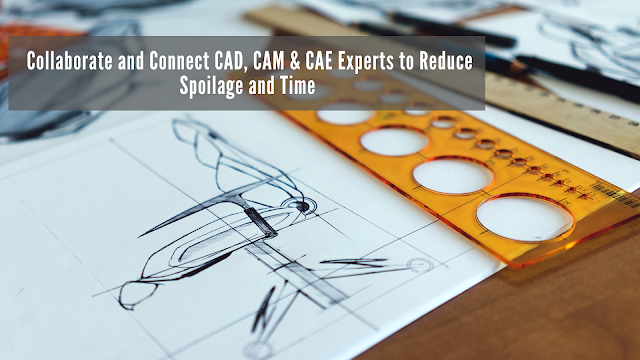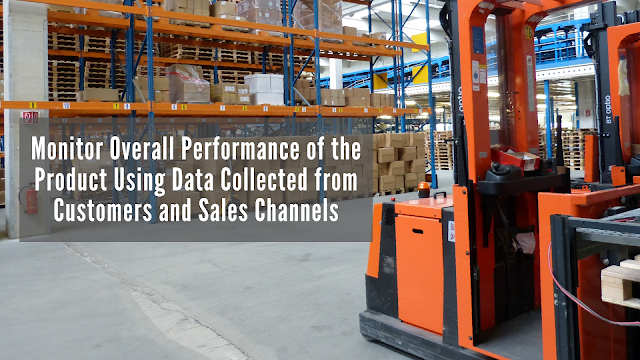How will you manage all these data?. In order to manage these kinds of complex product manufacturing processes, they needed a proper process plan and roadmap or else the product may fail.
" A PLM solution collects and manage data and information from all aspects of a product manufacturing life-cycle from concept to maintenance "
PLM software is not anymore limited to just one industry, the possibilities are limitless as we are inventing new products day by day. To complete a complex and new product manufacturing for a company, the process may be different and the aspects of production may be different. That makes a worrying factor for companies as they aren't entirely sure about what a PLM solution is and how to use it to get the most out of the product development lifecycle, the process remains complex and it takes time.
Why you need a Product Lifecycle Management Solution
As product development is getting harder and complicated companies requires coordination of departments, resources that stretched across different locations and remote areas, and many internal peoples to achieve their manufacturing goals.
From concept to retirement a product goes through 4 stages Concept, Design, Production, and Maintenance any havoc in these stages may spoil production.
1. Concept Stage
Product manufacturing starts with a concept design. After researching and knowing the trends of the market a company comes with a concept design. The product may be to solve some issues or will be the trends in the market then the companies come with designs and finally lock one design to move ahead. A PLM solution will help you in tracking the evolution and trends of the market at the earlier stage itself.
2.Design
After deciding with the concept it comes to the next stage Designing. Here the designer completes the designing and prototyping it before it goes to the customers. It requires the integration of other internal departments or a third-party team. To streamline this process PLM ensures collaboration of departments and teams.
Using Computer-Aided Design software designers create parametric models that can be modified and redesigned when needed. Computer-Aided Engineering software simulates the design in real-life use cases before going to production and Computer-Aided Manufacturing software makes virtual manufacturing possible to make production mistakes and failures to avoid during production.
Some PLM platforms like Dassault Systemes 3DEXPERIENCE gives Single Platform to get access to CAD, CAM, and CAE tools in single sign in. this helps in connecting departments to reduce time and stores all the data during this phase in a single platform. Centralized product information and document management port are mainly used to keep track of all the information created during this phase.
3.Production
Using data from the previous product lifecycle the product enters the manufacturing facilities. During this phase, different pieces of information and data are collected and then monitored by experts. Here the companies account for components, sourcing raw materials, machine requirements, productivity, cost, timeline... then based on the data companies can decide on their cost reduction, time and other factors. PLM system can account for all variables that play a role during production.
4.Distribution & Maintenance
The last phase includes proper distribution and maintenance like monitoring of Warehousing, Packaging, Distribution to various channels and the overall performance using data collected from customers and sales channels. This allows a company to manage retailers, distributors, partners, and marketplaces while gaining data and decide on future manufacturing changes and improvements before it again goes to production.
Conclusion
The truth is no one knows the capabilities of PLM Softwares. Once you understand what it is and capabilities of it you will find it simple. It makes the Production lifecycle transparent.
It is important to you that what you need from a PLM solution and which Solution to choose when everything meets your requirement you will take the best out of your Production Lifecycle.




Comments
Post a Comment